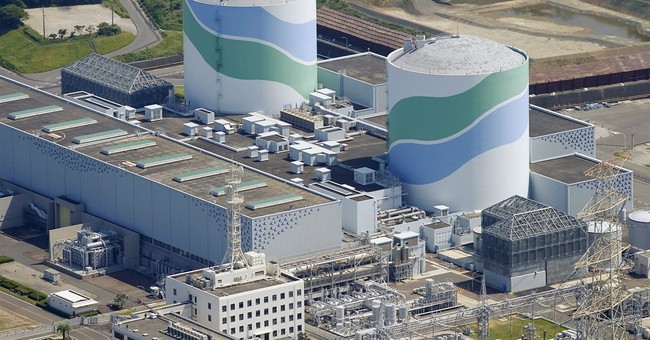Guest Post by John Stossel

This Thursday, Earth Day, politicians and activists will shout more about “the climate crisis.”
I don’t think it’s a crisis. COVID-19, malaria, exploding debt, millions of poor children dying from diarrhea — those are genuine crises.
But global warming may become a real problem, so it’s particularly absurd that Earth Day’s activists rarely mention the form of energy that could most quickly reduce greenhouse gases: nuclear power.
When France converted to nuclear, it created the world’s fastest reduction in carbon emissions.
But in America, nuclear growth came to a near halt 40 years ago, after an accident at the Three Mile Island plant in Pennsylvania.
The partial meltdown killed no one. It would probably have been forgotten had Hollywood not released a nuclear scare movie, “The China Syndrome,” days before.




